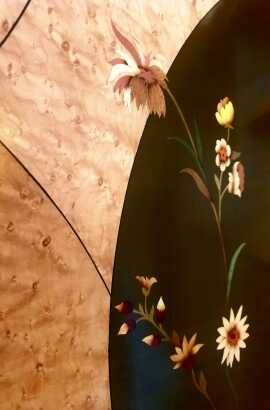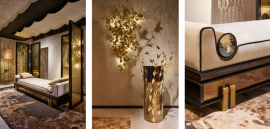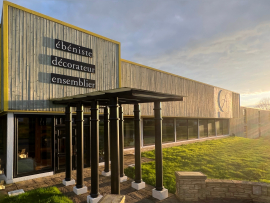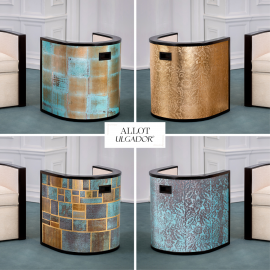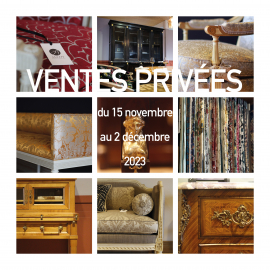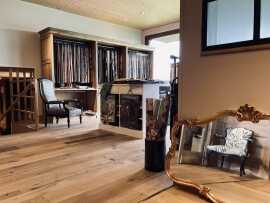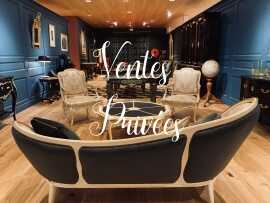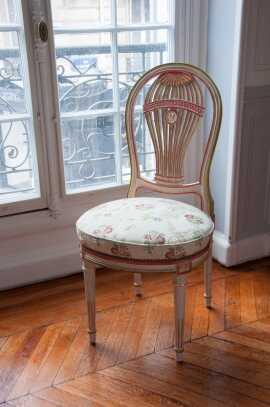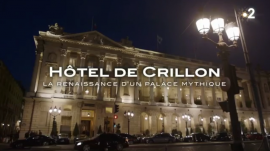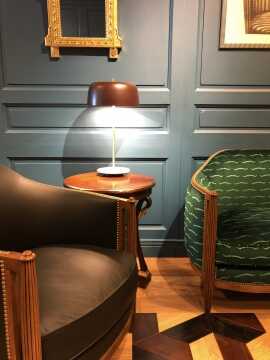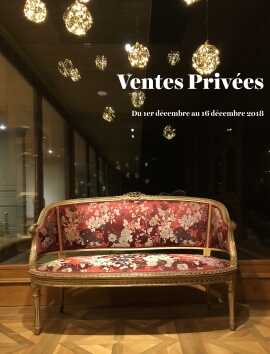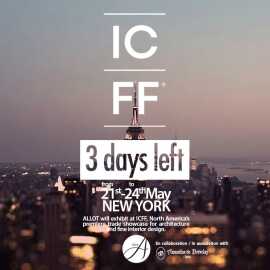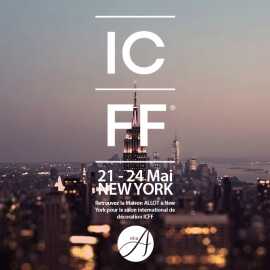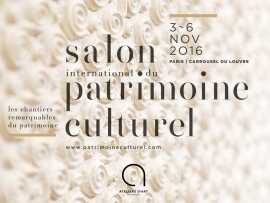History Focus - Percier & Fontaine 31 July 2014
Charles Percier (1764-1838) & Pierre-François Fontaine (1762-1853)
The friendship of two architects Percier and Fontaine begins at the college, they become favorite of Bonaparte family. In 1785 and 1786, they are awarded the second and the first prize of architecture. The two architects are passionate about the monuments of antiquity which they reproduce in wonderful designs, future source of their common inspiration.
First publication : Palaces and houses in Rome (1798), appeal the attention of the public; high bourgeois society order to the two architects many apartment and hotel decorations projects. So well that in 1801-1802, they can publish a collection of plans, sections, elevations from the finest homes and hotels built in Paris and its surrondings area. That insure their high reputation.
Joséphine de Beauharnais introduced her two friends to the Bonaparte circle. Percier and Fontaine, named as the palace architects of the First and Second Consul (1801), will pursue an exclusively official career that successive titles of architect of the Imperial Palace (1804) and the first architect (1813), reserved in Fontaine, connected a superintendency of the Empire arts.
Usually assimilated to the Empire style, the Percier and Fontaine’s style is far to summarize all the trends, its originality and consistency in the field of decorative arts dominate all court businesses.
The Bonaparte Emperor, worried to break his prestige, leaves only a little freedom to the architects whose work will focus in priority to the development of old houses. In this way will build suites of apartments at Malmaison, Saint-Cloud, the Tuileries, the Louvre (definitely turned into a museum) in Compiègne and Fontainebleau, where the two architects, in collaboration with skilled contractors (eg the Master carpenter named Jacob), created models that will be released throughout Europe.
The art of Percier and Fontaine is a milestone in the evolution of the architecture of the nineteenth century. Totally opposed to the rationalist tendencies from the end of the previous century, looking for a nice fit in the style of the day. This art based on past models of antiquity and the Renaissance, opens the way of eclecticism.
The easychair of the Empress was designed by those two famous architects and built by one of the greatest cabinetmaker of his time: Georges Jacob Desmalter.
Check our easychair Percier-Fontaine: Click here
Source : Yves-Michel Bernard, yvesmichelbernard.blog.lemonde.fr
Toutes les actualités
Révélations : le rendez-vous des métiers d’Art et de la création internationale25 April 2019
